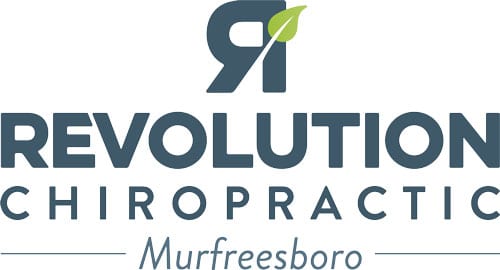
Can A Chiropractor Fix Scoliosis?
“Can chiropractors treat scoliosis?” This question is commonly asked by both those considering treatment and those who may have had a negative experience with chiropractors in the past.
Perhaps they were told they’d get something that didn’t happen. Or maybe their chiropractor didn’t clearly explain what they could do in the beginning.
We truly think a chiropractor can make your life much better. But to answer, “Can a chiropractor fix scoliosis?” we need to explore a bit more.
Setting Expectations Around “Fixing” Scoliosis
Scoliosis is a treatable condition; sadly, it does not have a known cure. The condition is at times likened to diabetes because it requires continuous care. As a patient, you need to know that this is a challenge that you will have to undergo for the rest of your life. Finding the proper way of managing the condition will ensure that you live your life to the fullest. This can only be guaranteed if the patient stays within the recommendations of the doctor. On the bright side, scoliosis can still be managed without having to undergo surgery.
Doctors promising a quick fix treatment regime usually end up disappointing their patients. A quick fix is more straightforward said than done. The majority of these quick-fix procedures typically end up escalating the patient’s condition rather than helping it. The patient needs to understand what fixing entails, and after the realization, the right chiropractor must be found for them.
Not all Chiropractors Work on Scoliosis
Scoliosis is special and needs a different way of handling it. Sadly, some chiropractors treat it like any other back problem, but for scoliosis, that doesn’t work.
Diagnosing Scoliosis
We often say, “You can’t treat something well if you can’t figure out what’s wrong.” What this means is that treating a problem starts with understanding it. Many chiropractors may not have the right training to diagnose scoliosis issues accurately. This can lead to missing the real causes and related problems like unstable ligaments.
To create a treatment plan that works and gives results, it’s crucial to diagnose the issue effectively first. Then, you can move on to treatment.
Treating Scoliosis
Usually, chiropractors look for joints in the spine that aren’t moving well and try to fix them. But with scoliosis, the problem isn’t so much about the joints being stuck; it’s more about where they are. Using the usual chiropractic methods for scoliosis can actually make it worse over time by putting more pressure on the spine.
To treat scoliosis effectively, the first step is to reposition the spine’s joints. But for long-term benefits, there’s more to it. Your muscles need to relax, and your brain needs to learn new ways to use the muscles and spine. To treat scoliosis well, all of these things need to happen together. This often involves massages, stretches, and exercises specifically for scoliosis, along with adjustments.
When We Assess New Patients
People sometimes ask what chiropractors look for when they assess a new patient with scoliosis. How can we know how much we can help? It’s a good question, and the answer depends on each person’s situation. But here are a few common signs we always consider.
Spinal Rigidity
We check how stiff the spine is to see how much work we need to do before we can start fixing it.
But we don’t just look at discs, muscles, and bones. We also consider the nerves in your spine. Specifically, we check how much pressure is on these nerves. Some ideas about scoliosis suggest it happens to relieve pressure on spinal nerves. While it’s not confirmed, we believe nerve pressure plays a big role not only in the shape of your spine but also in how you feel every day. By easing nerve pressure, we aim to help you feel better faster as we work on fixing your spine.
Sensorimotor Integration
Sensorimotor integration, or “SMI,” is basically about how well your brain talks to your body. If there’s a problem in this communication, it can cause various issues, including scoliosis. To fix scoliosis, we need to teach the brain to use the body, especially the spine, in new ways.
The assessment usually includes tests related to balance to see how well things are lined up initially. We repeat these tests during treatment to track progress. Many traditional chiropractors often miss this crucial aspect of effectively treating someone with scoliosis.
Dedication of the Patient
One of the biggest things we consider when figuring out how well we can help someone with scoliosis is how committed they are to the process. Your commitment plays a key role in how much better you’ll feel in your daily life.
Think of it like going to the dentist (without the dread, hopefully). Most of the essential work for your teeth doesn’t happen at the dentist’s office; it’s what you do at home. The same goes for treating scoliosis. If you stick to your treatment plan, you’re much more likely to get the benefits of chiropractic care.
How to Find a Chiropractor to Fix Your Scoliosis
So, can a chiropractor help with scoliosis? Like we said earlier, it starts with finding a chiropractor who can accurately figure out your scoliosis. Don’t hesitate to ask your doctor questions, not just at the beginning but all through your treatment. The more you grasp your diagnosis and plan, the higher your chances of significantly improving your daily life.
If you have any questions about chiropractic care and scoliosis, feel free to contact us.
Reviewed By

